Maple extract is a somewhat common baking product used, fittingly, to impart a significant flavor of maple into any recipe it is incorporated into, allowing the intensity of maple syrup to be used without the additional liquid volume that it would normally accompany.
However, certain situations and circumstances may require that maple extract be substituted in a recipe, and as such a suitable substitute dictated by the circumstance or situation must be found, with the substitute possessing similar characteristics to maple extract itself.
The best maple extract substitutes are maple syrup, maple sugar, or imitation maple extract/products. The best flavor substitutes for maple extract are brown sugar, molasses, vanilla extract, or raw cane sugar. The best odor substitutes for maple extract are fenugreek seeds or flor sherry.
Why is Maple Extract Used Instead of Maple Syrup?
The choice to utilize maple extract instead of maple syrup in such things like frosting or baked goods is primarily due to the fact that maple extract possesses a concentrated flavor that is otherwise altered or too diluted in maple syrup, either due to the addition of extra ingredients or the fact that the recipe requires such a concentrated maple taste.
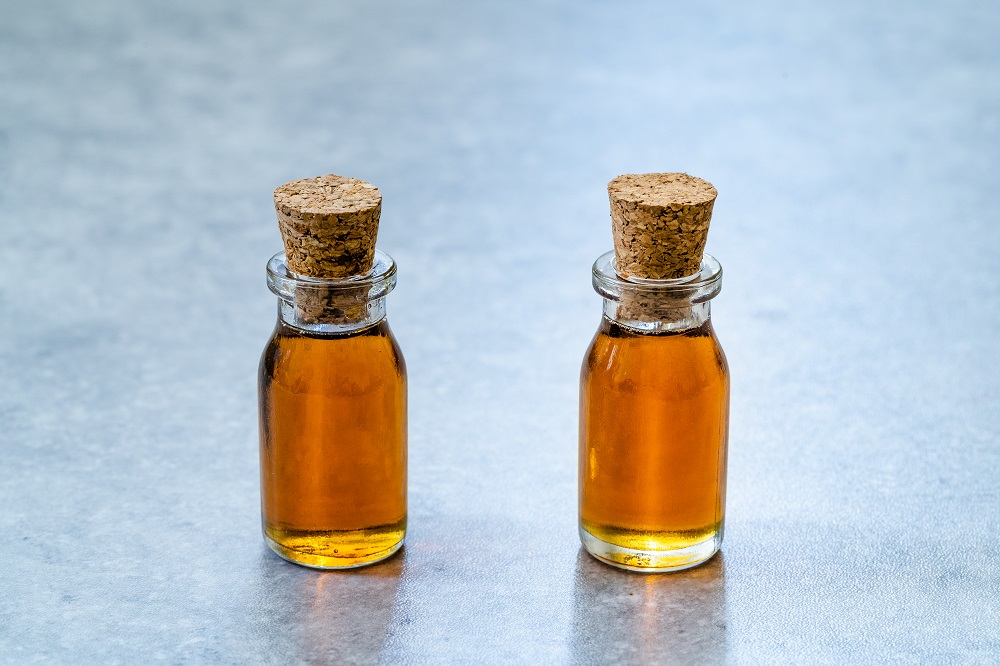
However, due to this difference in flavor intensity per unit of volume, it is best to use maple syrup in somewhat larger volumes than maple extract and vice versa in the event that one is choosing to substitute either maple product with the other.
Is Maple Extract the Same as Maple Sugar?
Despite the fact that maple extract can be quite sweet, it is not in fact the same as maple sugar, primarily due to the fact that maple sugar primarily comes in crystal form and as such requires a larger volume be added in order to achieve the same intensity of flavor and sweetness as maple extract.
Maple sugar, unlike maple extract, is the processed and dehydrated form of maple tree sap, wherein the majority of the fluids and other compounds present in the sap have been physically and chemically extracted so as to leave only the organic saccharide compounds behind, forming a crystalline mass that is thereby ground and crushed in order to turn it into powder.
Maple sugar may, however, be used as a maple extract substitute, so long as the correct circumstances are present and an appropriate recipe is being prepared.
Can Maple Extract Substitutes be Combined with Maple Syrup in a Recipe?
In the event that the recipe calls not only for maple extract to be used but also for the presence of maple syrup, subsequently choosing to substitute maple extract with another ingredient may be rather confusing, especially in terms of volume calculation and estimating the end product’s sweetness.
Depending on the particular circumstances behind why one has chosen to substitute maple extract, it is entirely possible to simply substitute maple extract in the appropriate volume ratio with the chosen substitute ingredient – by extension, also combining it with maple syrup.
This is all the more applicable when using substitutes for maple extract that do not possess a very intense maple-like flavor, allowing the total flavor profile of the substitute ingredient to be brought closer to that of maple extract by the addition of maple syrup.
Alternative Maple Derived Product Substitutes
If the particular reasoning behind the substitution of maple extract in a recipe is not due to an intolerance or dislike of maple derived food products, it is possible to simply use an alternative ingredient also made of the maple tree so as to more closely replicate the flavor of maple extract in the chosen recipe.
It is important, however, to substitute maple extract in the appropriate volumes so as to ensure that the subsequent end product is not found lacking in flavor, potentially creating a bland and boring dessert.
Maple Syrup
The most direct alternative to maple extract, maple syrup in its non-imitation form is quite comparable to maple extract in terms of appearance and flavor – save for maple syrup’s less intense level of taste per unit of volume.
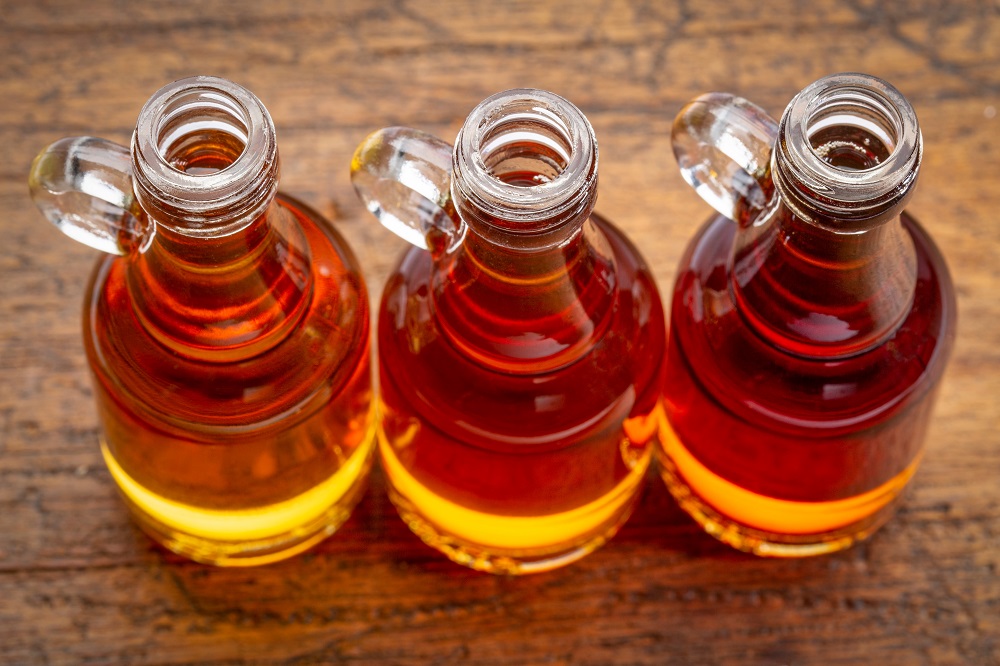
Apart from this distinction in intensity of flavor, maple syrup can also be quite variable in terms of appearance and ingredients between brands, necessitating that the chef first taste test their particular brand of maple syrup prior to using it as a maple extract substitute.
This is done so as to ensure that the maple syrup is not found to clash with other flavors present in the recipe and replicates the taste of maple extract suitably enough to use as an alternative ingredient.
Depending on the brand being used, maple syrup may be used in anywhere between a two to one ratio of substitution to a four to one ratio.
Maple Sugar
The dehydrated and subsequently processed form of maple sap, maple sugar is an excellent alternative ingredient for maple extract in situations that do not require that the substitute be of liquid form.
While it is entirely possible to disseminate maple sugar throughout a dish by mixing it with other fluids, there are certain recipes that do not possess sufficient enough volumes of liquid to do this, and as such will exclude the usage of maple sugar as a potential maple extract substitute.
Otherwise, maple sugar may fully recreate the flavors found in maple extract with very little extra volume added, though care must be taken so as not to add too much sugar into the recipe by subtracting the amount of actual sugar added to the dish during cooking.
Imitation Maple Extract and Similar Imitation Maple Products
While not usually derived directly from the maple tree, imitation maple extract and other products produced so as to recreate the flavor and odor of maple food products can all act as perfectly suitable maple extract alternatives with the added benefit of not actually containing compounds from the maple tree.
This makes imitation maple extract and similar maple products excellent for individuals with an intolerance or allergy towards anything related to the maple tree as a food ingredient – though care must still be taken so as to ensure that said imitation products do not actually contain traces of said compounds.
Flavor Substitutes for Maple Extract
The primary use of maple extract, potential substitutes for the intensely flavored tree syrup must be capable of replicating the relative sweetness or maple flavor notes that maple syrup is known for imparting in whatever recipe it is added to.
As such, the following ingredients listed as potential replacements all recreate similar levels of sweetness or notes of flowery maple-ness that are otherwise as close as possible an approximation to the total flavor profile of not only maple extract but maple sap derived food products in general.
Brown Sugar
Among one of the most commonly available potential substitute ingredients for maple extract, brown sugar is likely already available in any chef’s pantry, making it excellent as an on-hand substitute for emergency situations.
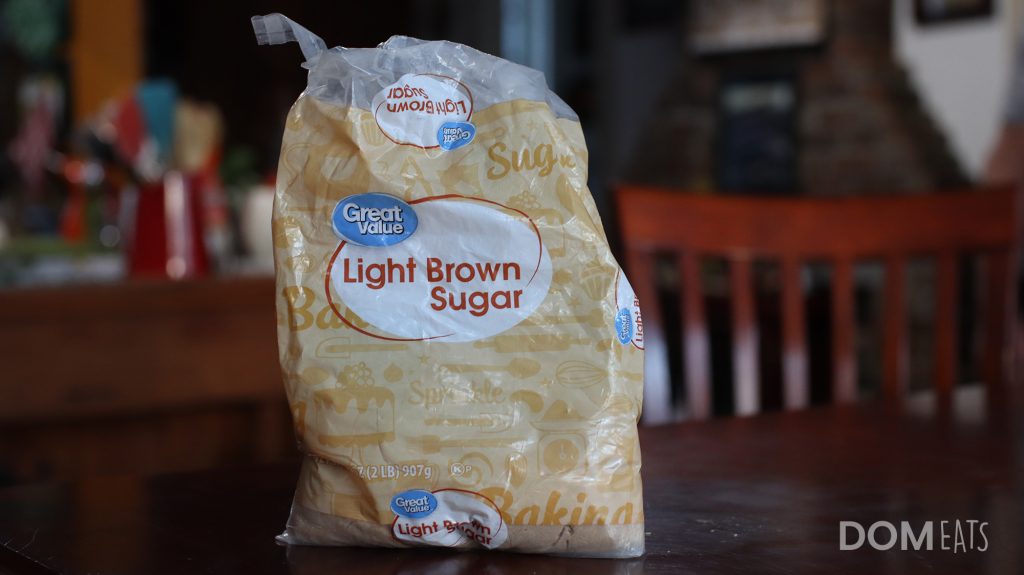
Maple extract is best substituted with brown sugar in the sort of recipes that require a distinct sweetness be added into some volume of fluid, as brown sugar is usually found in its crystalline form and as such does not spread throughout a dish as readily as the more fluid maple extract normally would.
Depending on the particular brand of maple extract being used, brown sugar may act as a direct two to one substitute wherein every teaspoon of maple extract is equivalent to roughly two teaspoons of brown sugar, though this amount may be reduced somewhat if other sources of sugar are also being used in the recipe.
Molasses
Quite similar in physical consistency to maple extract, molasses is yet another excellent flavor and appearance substitute to maple extract, with close notes of smokiness and an undertone of caramel that brings molasses quite close in total flavor profile to that which is found in maple extract.
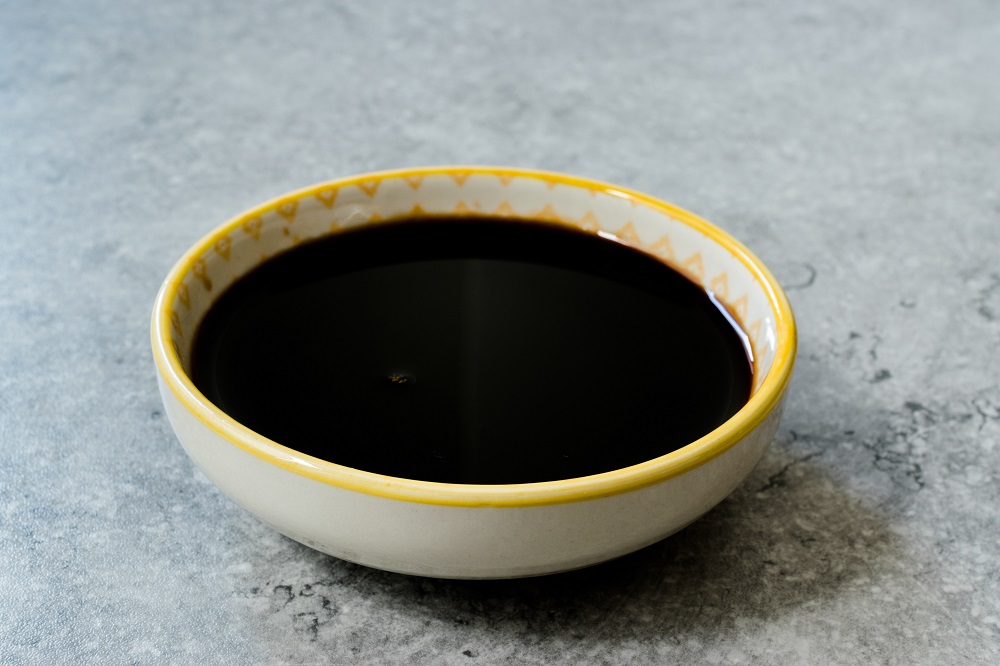
Due to the similar intensity of sweetness that is characteristic of both molasses and maple extract, they may be used interchangeably at a near perfect one to one ratio, though certain brands of molasses may be slightly more concentrated or diluted, imparting a somewhat different viscosity than maple extract to the recipe.
Vanilla Extract
Not suitable as a sweetness substitute to maple extract, vanilla extract can nonetheless impart much the same flavor profile as maple extract despite its significantly lower level of intensity, possessing similarly flowery and warm undertones that are normally characteristic of maple extract or other maple products.
Due to the distinctly weaker strength of vanilla extract’s flavor, it is entirely up to the chef’s personal preference on how much vanilla extract to use exactly when choosing to utilize it as a maple extract substitute.
This is further compounded by the fact that the majority of baked dessert recipes involving maple extract or similar products usually also require vanilla extract as well, making substituting the flavors of maple extract in said recipes a simple choice of increasing the volume of vanilla extract used.
Raw Cane Sugar
Specifically in its raw form as the subsequent processing and bleaching of cane sugar can oftentimes strip away some of its more earthy undertones, raw cane sugar otherwise makes a perfectly suitable substitute to maple extract in much the same way brown sugar would.
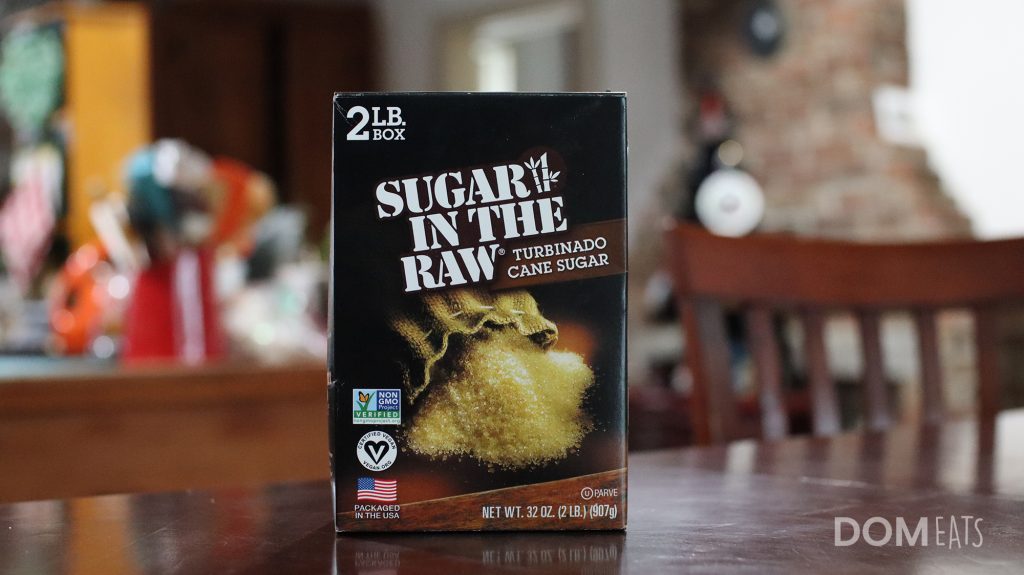
Raw cane sugar presents similarly intense yet mellow caramel undertones with notes of earthiness and a mild floweriness in comparison to maple extract’s own relative flavor profile, making it not the best possible taste substitute but quite a solid one nevertheless.
As always, raw cane sugar will usually be available in its dehydrated and crystalline form, making it unsuitable in recipes that require some level of fluidity to be present in the maple extract ingredient substitute.
Odor Substitute for Maple Extract
Much like its flavor profile, the odor of maple extract is similarly intense, with an unmistakably sweet and earthy smell that can bring the experience of consuming a dish to an entirely new level that is difficult to replicate with other ingredients.
However, a certain spice as well as certain forms of fermented alcoholic beverages may be used in order to help recreate the particular odor profile of maple extract.
It is best to temper one’s expectations, however, as maple extract and its cousin maple sap derived food products are rather difficult to substitute in terms of smell, making the following products rare and possibly hard to acquire.
Fenugreek Seeds
The seeds of what is otherwise a popular spice, fenugreek seeds possess a particular aromatic compound referred to as sotolon, of which imparts a practically identical odor and flavor as maple syrup – and by extension, maple extract itself.
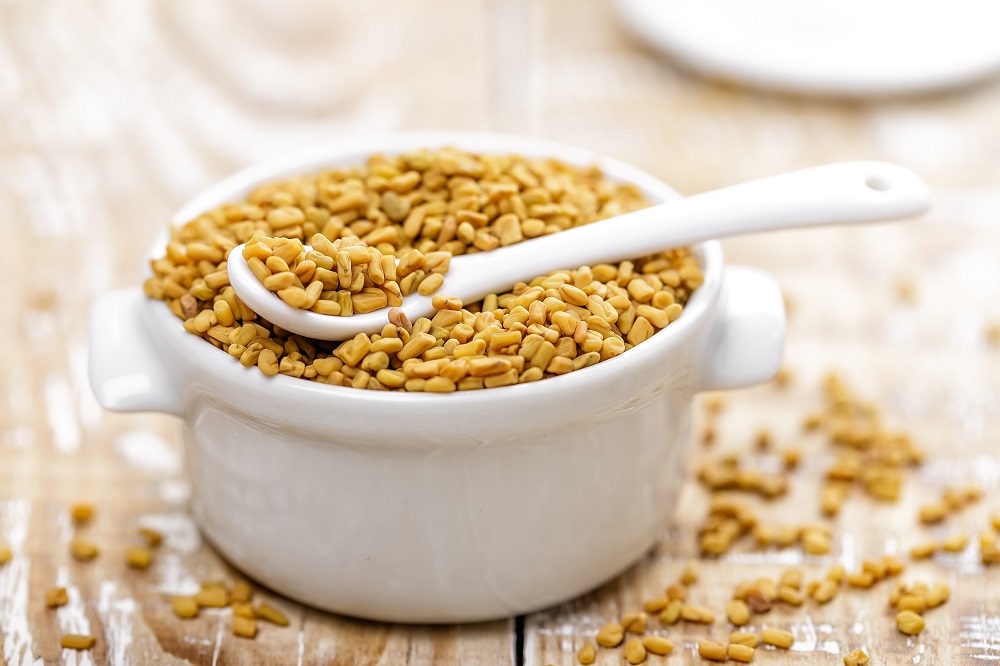
This makes the seeds of fenugreek one of the best possible substitutes for maple extract in practically any recipe, with the only drawback being the fact that they are in fact seeds and not a viscous fluid at all, making them unsuitable from a textural standpoint in certain recipes that require some sort of fluid be present.
This may be remedied by soaking the fenugreek seeds in sugar water or by grinding them and mixing the powder in whatever fluid ingredients are present in the recipe beforehand.
Flor Sherry
A form of dessert wine with an approximate alcohol percentage of 15%, flor sherry can present similar odor notes to what would normally be found in maple sap derived food products, though with the presence of a minor ethanol alcohol odor beneath its body of smell.
This may be remedied by cooking off the alcohol present in the flor sherry, allowing it to retain its other odor-producing components instead.
Flor sherry is a certain subsection of wine primarily consisting of fino-type sherry and dry sherry, some of which are specifically made for the purposes of use in cooking and baking, making flor sherry an excellent and perfectly suitable odor substitute to maple extract.
References
1 F. Podebrad, M. Heil, S. Reichert1, A. Mosandl, A. C. Sewell and H. Böhles (1999). “4,5-Dimethyl-3-hydroxy-2(5H)-furanone (sotolone) — The odour of maple syrup urine disease”. Journal of Inherited Metabolic Disease. 22 (2): 107–114
2 van den Berg, Abby; Perkins, Timothy; Isselhardt, Mark (December 2006). “Sugar Profiles of Maple Syrup Grades” (PDF). Maple Syrup Digest: 12–13. Archived from the original (PDF) on 10 August 2013.
3 Heiligmann, Randall B; Winch, Fred E (1996). “Chapter 3: The Maple Resource”. In Koelling, Melvin R; Heiligmann, Randall B (eds.). North American Maple Syrup Producers Manual. Ohio State University.
4 Inteaz Alli, Emmanuel Akochi-K, Selim Kermasha, Flavor Compounds in Maple Syrup, Editor(s): GEORGE CHARALAMBOUS, Developments in Food Science, Elsevier, Volume 29, 1992, Pages 131-140, ISSN 0167-4501, ISBN 9780444888341, https://doi.org/10.1016/B978-0-444-88834-1.50014-4. (https://www.sciencedirect.com/science/article/pii/B9780444888341500144)

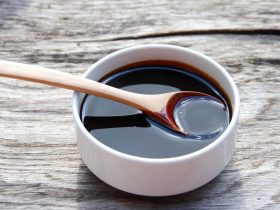
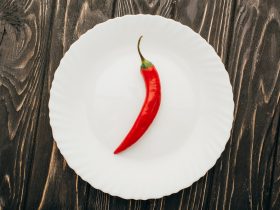
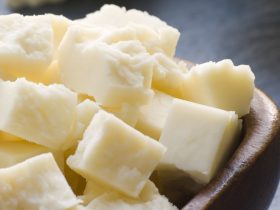
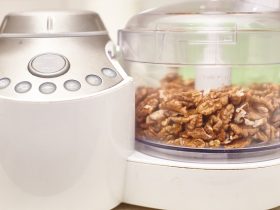
Hi, I'm Dom
Dom Eats was started to help other people fall in love with food. While cooking can feel intimidating, it doesn't have to be.